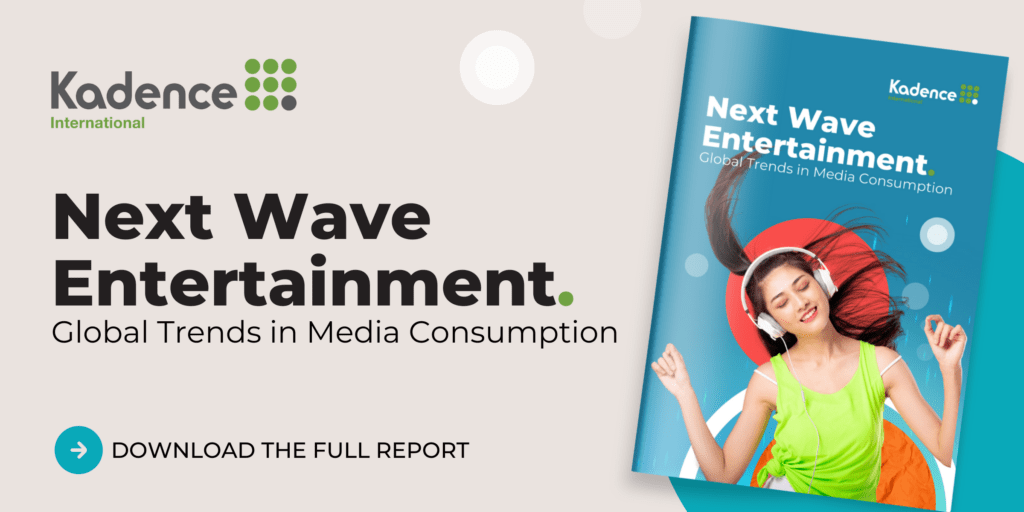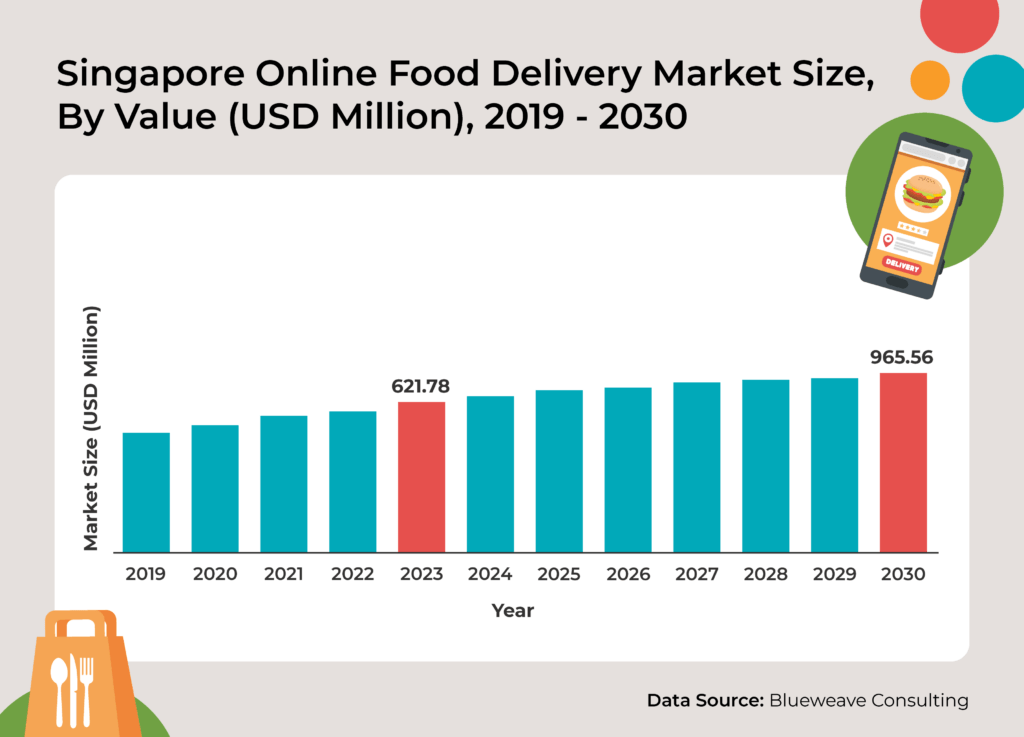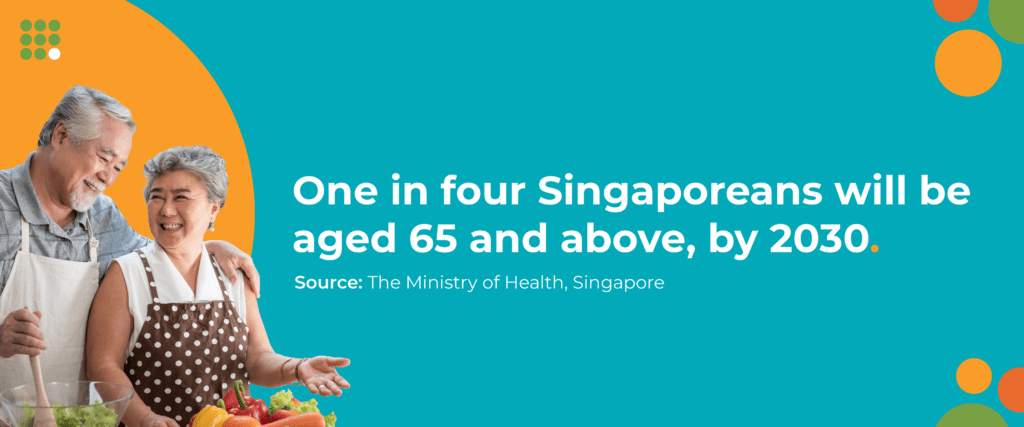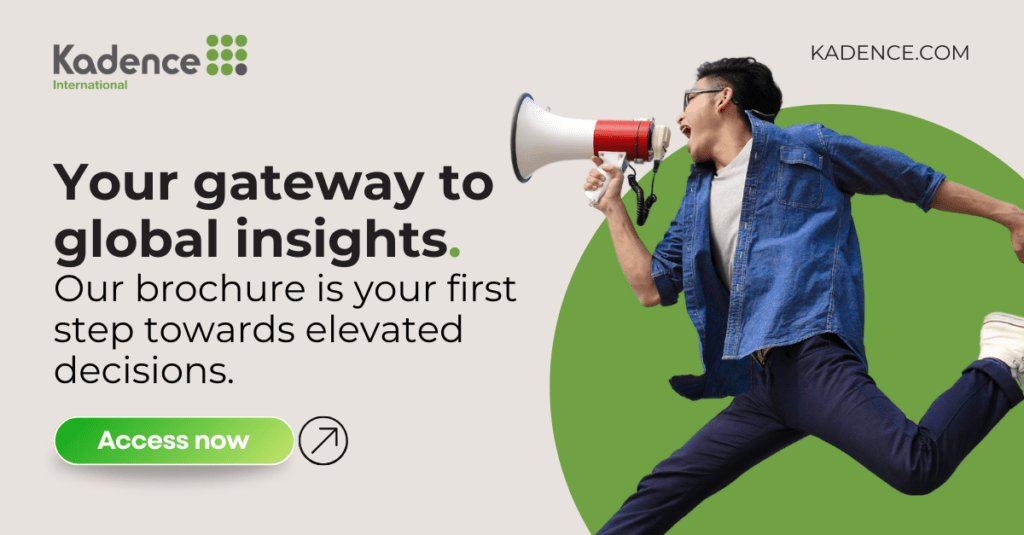As you stroll through the bustling streets of Singapore, you’ll discover a culinary gem at every turn. This city-state is an interplay of flavors where food tells the story of a nation’s heritage, innovation, and community spirit. Singapore’s gastronomic scene mirrors its diverse culture, offering a palate-pleasing journey through its rich history and futuristic ambitions.
It’s also an exciting time for Singapore’s culinary landscape, celebrated globally as a UNESCO Creative City of Gastronomy. This prestigious recognition isn’t just about the mouth-watering dishes served in its famous hawker centers; it’s a nod to Singapore’s hawker culture as a vital part of its society, showcasing the power of food in connecting people and cultures.
Image Credit: Getty – Famous Sungei Road Trishaw Laksa in Singapore
But Singapore’s culinary achievements go beyond just the flavours on a plate. It’s about how food can drive a nation’s image on the world stage, a concept known as gastrodiplomacy. Through its vibrant food scene, Singapore is not just serving dishes; it’s sharing its story, culture, and identity, inviting the world to experience its unique blend of tradition and innovation.
In Singapore, as anywhere else, culinary prowess is more than cultural pride—it is a gateway to commercial opportunity and global connectivity.
The Evolution of Singapore’s Culinary Landscape
Historical Overview
Singapore’s food culture is deeply rooted in the island’s maritime trade routes. Traders from Asia and beyond brought goods and culinary practices to this tiny but strategic port. As these diverse communities settled, they incorporated their food traditions into what would become a uniquely Singaporean cuisine.
Singapore’s Chinatown
The real magic began in the post-colonial period, particularly with the establishment of hawker centres. Originally, these were open-air food complexes designed to organise street food vendors who were previously plying their trade on sidewalks. Over time, these centres became more than just places to eat—they evolved into vibrant community hubs where the fusion of Malay, Chinese, Indian, and, later, other culinary traditions could be experienced under one roof. This amalgamation has defined the national palate, giving rise to distinctly Singaporean dishes, such as Hainanese chicken rice, which combines influences from Chinese cooking techniques with tropical ingredients.
Modern Transformations
Singapore’s food scene has witnessed a remarkable evolution from its street food origins to a thriving gourmet dining scene in recent decades. This transformation is driven by local innovation and global trends as Singaporeans become increasingly cosmopolitan in their culinary tastes, and it is now home to numerous fine dining establishments. Singapore also boasts a growing number of internationally renowned chefs and restaurants that offer a wide array of international cuisines alongside modern takes on traditional dishes.
A significant milestone in this ongoing transformation was the recognition of Singapore’s hawker culture by UNESCO, which was inscribed on the Representative List of the Intangible Cultural Heritage of Humanity in 2020.
This accolade not only celebrates the cultural significance of hawker centres but also highlights their role in the social aspects of Singapore. It highlights how food here is more than sustenance; it’s a living heritage that continues to tell the story of Singapore’s multicultural identity. This recognition has also sparked renewed interest in preserving and promoting hawker cuisine, both locally and globally, reinforcing its status as an essential part of Singapore’s cultural and, now, global brand identity.
Gastronomy and Singapore’s Brand Identity
Using Food Culture as a Branding Tool
Singapore has strategically positioned its diverse and vibrant food culture as a central element in its branding and marketing strategies, both for attracting tourists and enticing business investors. The gastronomic richness offers a palatable narrative that appeals to global audiences, showcasing Singapore as a financial hub and a cultural and culinary epicentre. By promoting its food culture, Singapore effectively enhances its image as a cosmopolitan and inclusive society, making it more appealing to a global audience.
Government Initiatives in Culinary Branding
A key component of this strategy involves proactive government initiatives aimed at amplifying Singapore’s culinary credentials. The Singapore Food Festival, for instance, is an annual event that showcases the richness of the city-state’s food scene. Through this festival, the government promotes traditional dishes and contemporary innovations, attracting food enthusiasts worldwide. Additionally, partnerships with internationally renowned chefs and culinary figures help elevate Singaporean cuisine’s global status. These collaborations often result in fusion dishes that blend local flavors with international techniques, further broadening the appeal of Singapore’s gastronomic offerings.
Global Expansion of Singaporean Restaurant Chains
One of the most tangible examples of how Singapore’s food culture has been leveraged in global branding is the overseas expansion of its restaurant chains. Brands like BreadTalk and Paradise Group have successfully entered international markets, including China, Thailand, and even Western countries like the USA. These chains adapt their offerings to suit local tastes while maintaining the core Singaporean identity, effectively serving as culinary ambassadors that introduce Singaporean flavours to new audiences.
International Recognition of Singaporean Chefs
Singaporean chefs have also gained international fame, further cementing the city-state’s reputation as a culinary powerhouse. Chefs such as Justin Quek, known for his Franco-Asian cuisine, and Janice Wong, who was celebrated for her edible art desserts, have received accolades and recognition worldwide. Their success stories are personal triumphs and strategic elements of Singapore’s broader branding effort. They highlight the city/state’s high standards of culinary expertise and influence on the global culinary scene, attracting culinary tourism and investment in Singapore’s food and beverage sector.
Consumer Trends and Market Dynamics
Evolving Consumer Tastes
- Global Influences and Health Trends:
Global food trends increasingly influence Singapore’s cosmopolitan consumers, leading to a growing demand for international cuisines and health-focused dishes. This includes a surge in popularity for organic, plant-based, and gluten-free options, reflecting a broader global movement towards healthier eating habits.
Restaurants and food businesses increasingly incorporate superfoods and alternative proteins into their menus to cater to health-conscious consumers, aligning with global dietary trends.
- Sophistication and Authenticity:
Modern Singaporean consumers are more well-traveled and culinary savvy than ever before. This sophistication drives a demand for authentic, culturally rich dining experiences combined with culinary innovation. Consumers are looking for genuine flavours that tell a story but also crave new and unique dining concepts.
This dual expectation pushes chefs and restaurateurs to create innovative offerings that respect traditional roots while embracing modern techniques and presentations.
Market Response
- New Menu Offerings:
In response to the evolving consumer tastes, restaurants in Singapore are continually updating their menus. Examples include the introduction of fusion cuisines that blend local flavours with international dishes, such as Chilli Crab Pasta or Laksa Risotto.
Many establishments also offer themed dining experiences and limited-time menus to generate interest and cater to the demand for novelty and exclusivity.
- Branding Strategies and Marketing Campaigns:
Food brands are leveraging digital marketing more than ever to attract a younger and more tech-savvy audience. Social media campaigns featuring visually appealing dishes, influencer partnerships, and interactive online content are common strategies.
Branding efforts often highlight the authenticity and cultural heritage of the cuisine, alongside its innovative aspects, to appeal to both local and international patrons.
- Consumer Behavior and Spending Patterns:
Recent data indicates that Singaporeans are spending more on dining out, with a noticeable increase in expenditure on premium dining experiences. According to a report by the Department of Statistics Singapore, there has been consistent year-on-year spending on food services, reflecting the higher disposable incomes and the heightened interest in quality dining experiences.
The same reports suggest a growing willingness among locals to experiment with new food concepts, reflected in the rising number of food establishments offering experimental and cross-cultural cuisines.
Generational Differences
Generational differences in dining preferences and perceptions offer a nuanced view of Singapore’s culinary culture. On the one hand, the silver economy—older generations who have grown up with traditional Singaporean cuisine—values authenticity and the nostalgic flavours of hawker centres that have defined their cultural experience. They tend to prefer traditional dishes that reflect the historical richness of the region, emphasising the preservation of heritage and authenticity in their dining choices.
On the other hand, Gen Z and millennials in Singapore exhibit a penchant for innovation and international cuisines, driven by global trends and a greater awareness of health and sustainability issues. This younger demographic is more likely to frequent establishments that offer modern interpretations of traditional dishes or fusion cuisines that blend Singaporean flavours with global influences. They also show a higher preference for dining experiences not only about food but also about the aesthetic and ethical dimensions, such as eco-friendly practices and Instagram-worthy presentations.
The Rise of Delivery Apps in Singapore
The rise of delivery apps in Singapore has significantly altered the food scene, blending traditional dining experiences with the convenience demanded by modern lifestyles. Platforms such as GrabFood, Foodpanda, and Deliveroo have become household names, facilitating access to various culinary options at consumers’ doorsteps. These apps cater to the diverse tastes of all generations. Still, they are particularly popular among Gen Z and millennials for their ease of use and instant access to local hawker fare and international cuisines.
The popularity of these apps has also introduced a new dynamic in how traditional foods are consumed. Hawker centres, once primarily destinations for in-person dining, have adapted to this digital shift by partnering with these platforms, thus preserving their relevance and accessibility among younger consumers who prioritise convenience. This adaptation has helped sustain the hawker culture and extended its reach, making it an integral part of Singapore’s gastronomic reputation locally and internationally.
Integrating delivery services with traditional dining is a key aspect of Singapore’s food industry, ensuring the rich culinary heritage adapts to contemporary demands while continuing to appeal to both the older and the tech-savvy younger generations. This seamless melding of the old and the new highlights the resilience and adaptability of Singapore’s gastronomic identity in the face of changing consumer behaviours.
Challenges and Opportunities
Challenges in the Food Industry:
- Competition from International Brands: As global food brands expand into Singapore, local eateries face stiff competition in terms of culinary offerings, marketing prowess, and brand recognition. This influx challenges local companies to elevate their quality and uniqueness to maintain a competitive edge.
- Sustainability Concerns: There is increasing pressure on the food industry to adopt sustainable practices. This includes reducing food waste, sourcing ingredients ethically, and minimising environmental impact. Consumers are becoming more environmentally conscious, and brands must align with these values to stay relevant.
According to our research published in “The Green Brand,” 49% of Singaporean adults expect private sector companies to reduce waste and reuse or recycle materials.
- Impact of Digital Transformation:
- Food Delivery Apps: The rise of platforms like GrabFood, Foodpanda, and Deliveroo has transformed how consumers access food services. While these platforms offer increased visibility and accessibility for restaurants, they also pose challenges with profit margins and customer loyalty.
According to a recent study, 62% of Singaporeans expect to spend more on food delivery apps in 2024.
- Online Marketing: Digital marketing is essential for success in the food industry. The ability to engage customers through social media, manage online reviews, and maintain an attractive and functional website has become crucial. This digital shift requires significant investment in technology and skills not traditionally associated with the food sector.
Future Prospects
Emerging Opportunities:
- Food Tech Innovations: Advances in food technology, such as artificial intelligence for personalised menu recommendations, blockchain for traceability of food sources, and automation in food preparation and delivery, present new opportunities for growth and efficiency in the food industry.
- Eco-Friendly Practices: There is a growing niche for restaurants and food companies prioritising sustainability. This includes adopting zero-waste policies, using biodegradable packaging, and focusing on local sourcing. Establishments that integrate these practices can attract a market segment willing to pay a premium for ethical consumption.
- Exploration of Niche Markets: As consumer preferences continue to diversify, there is significant potential in exploring niche markets such as ethnic cuisines, vegan and vegetarian foods, and gourmet dietary-specific offerings. Tailoring services and products to these specific interests can help brands stand out and cater to underserved segments of the market.
Final Thoughts
Singapore’s culinary scene is not just about its rich cultural aspects but also a strategic asset in its global branding. Fusing diverse flavours with innovative gastronomic techniques offers a compelling narrative that brands can leverage to carve out a unique market position. However, the rapidly evolving global food sector requires continuous adaptation and thoughtful engagement with new trends and consumer demands.
Actionable Insights for Gastronomic Branding
- Embrace Authenticity with Innovation: Brands must balance the authenticity of Singaporean cuisine with innovative culinary techniques to create unique offerings that appeal to local and international palates.
- Invest in Digital Capabilities: Developing strong digital marketing strategies and harnessing the power of social media for storytelling can significantly enhance brand visibility and consumer engagement.
- Focus on Sustainability: Incorporating sustainable practices into business operations can address environmental concerns and resonate with the growing demographic of eco-conscious consumers.
- Engage with Global Trends: Stay abreast of global culinary trends and integrate them into the local context to keep offerings fresh and exciting.
- Build on Cultural Heritage: Use Singapore’s rich culinary heritage as a marketing tool to attract tourists and expatriates looking for authentic cultural experiences.
The future of Singapore’s food culture holds immense potential as a dynamic element of its national identity and global appeal. As brands continue to innovate and adapt, Singaporean cuisine’s inherent diversity and adaptability will likely serve as a cornerstone in the ongoing evolution of the nation’s cultural and economic narrative. By continuing to weave the richness of its culinary heritage with modern trends and technologies, Singapore can enhance its stature on the world stage, inviting everyone to experience its unique flavour of diversity.












 Senior Marketing Executive
Senior Marketing Executive Sales & Marketing
Sales & Marketing General Manager PR -Internal Communications & Government Affairs
General Manager PR -Internal Communications & Government Affairs Vital Strategies
Vital Strategies
 Customer Intelligence Director
Customer Intelligence Director